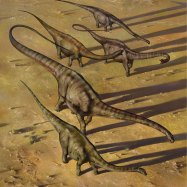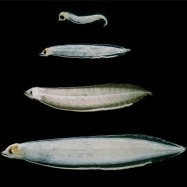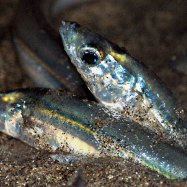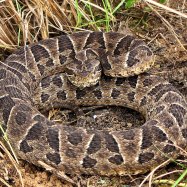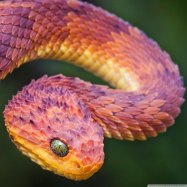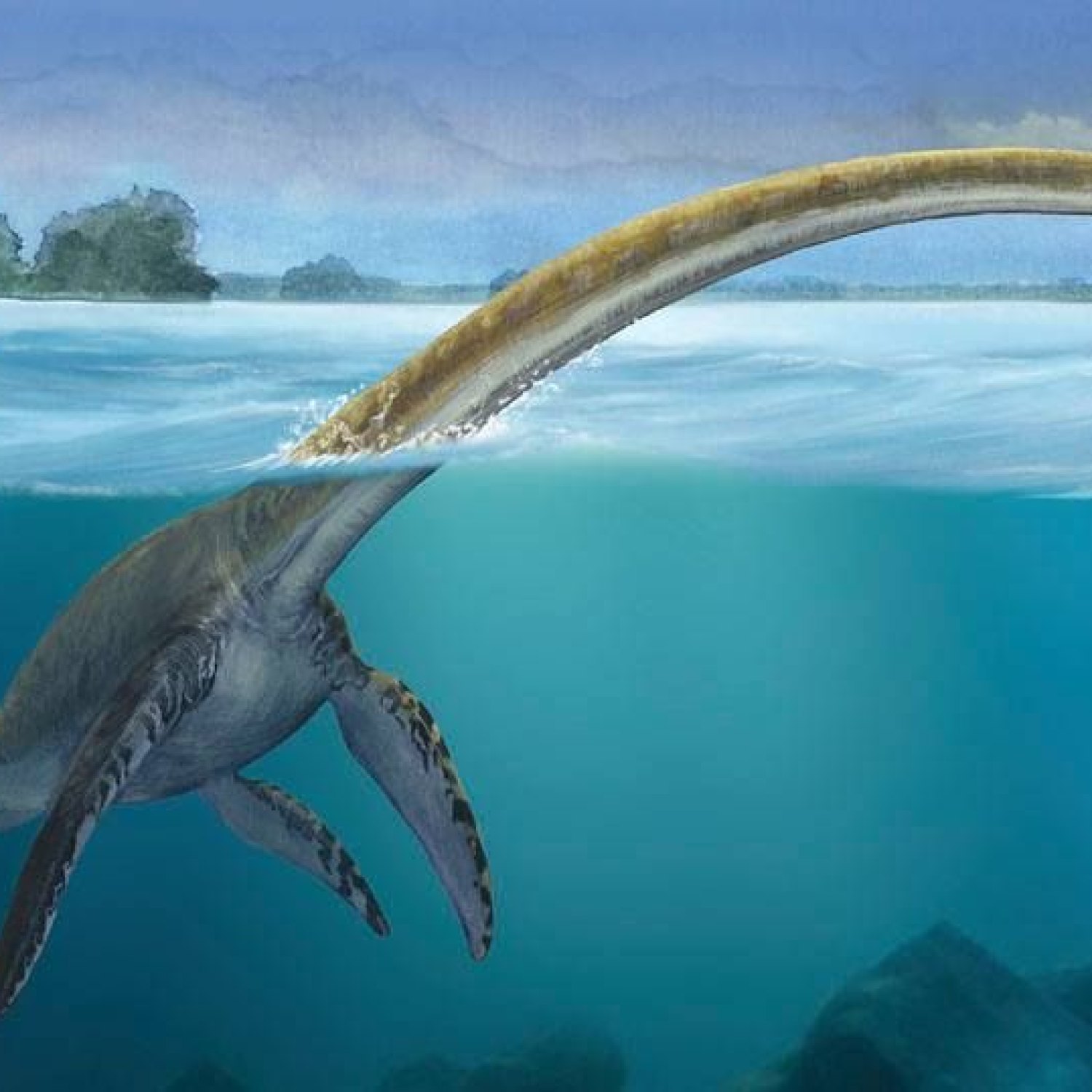
Elasmosaurus
Up to 14 meters
Elasmosaurus, one of the largest marine reptiles, ruled the Western Interior Seaway during the Cretaceous period. With a unique body shape of a long neck and short tail, they could grow up to 14 meters in length. This ancient creature belongs to the Elasmosauridae family and is a fascinating addition to the world of prehistoric animals.
Animal Details Summary:
Common Name: Elasmosaurus
Kingdom: Animalia
Habitat: Marine
The Amazing World of Elasmosaurus: Exploring the Long-Necked Mariner of North America
From the depths of the ancient seas comes a creature that roamed the waters of North America millions of years ago. With its long neck and short tail, this formidable reptile is none other than the Elasmosaurus. In this article, we will delve into the fascinating world of this prehistoric marine reptile and uncover its unique characteristics and behavior.Ancient Origins and Taxonomy
The Elasmosaurus belongs to the Kingdom Animalia, Phylum Chordata, and Class Reptilia Elasmosaurus. It is further classified under the Order Plesiosauria, which includes a variety of marine reptiles with long necks and flippers. Belonging to the Family Elasmosauridae, the Elasmosaurus is closely related to other similar long-necked marine reptiles such as the Cryptoclidus and Eromangasaurus.The first fossils of the Elasmosaurus were discovered in Kansas, United States, in the 19th century. It was later named and described by the famous American paleontologist Edward Drinker Cope in 1868. The name "Elasmosaurus" comes from the Greek words "elasma" and "sauros," which means "plate lizard," referring to its unique long and thin neck bones.
Habitat and Distribution
The Elasmosaurus was a marine reptile, meaning it lived in the oceans. It thrived in the Western Interior Seaway, which was an ancient marine waterway that once stretched from the Gulf of Mexico to the Arctic Ocean during the Late Cretaceous Period, approximately 80 million years ago. This vast body of water was separated by a shallow inland sea, giving the Elasmosaurus plenty of space to swim and hunt for food.The Elasmosaurus primarily inhabited the warm and shallow waters of the Western Interior Seaway, which was home to an abundance of marine life, including fish, mollusks, and other marine reptiles Emperor Tamarin. This creature was a skilled swimmer, thanks to its four flippers, which allowed it to move through the water with ease.
Diet and Feeding Behavior
The Elasmosaurus was a carnivorous reptile, meaning it fed on other animals for sustenance. Its diet mainly consisted of fish, but it also fed on cephalopods, such as squid and octopus, and other smaller marine reptiles. Its long neck and flexible body allowed it to hunt and capture its prey with precision.Using its sharp and pointed teeth, the Elasmosaurus would grasp its prey and use its throat muscles to push the food back into its throat. This unique feeding behavior is known as "pistoning," and it was essential for the Elasmosaurus to swallow its prey effectively. This reptile did not have much competition when it came to hunting, as its long reach and agility gave it an advantage over other marine predators.
Unique Characteristics and Behavior
One of the most striking features of the Elasmosaurus is its long neck, which consisted of 72 vertebrae. In contrast, most mammals only have seven neck vertebrae. This feature gave the Elasmosaurus the title of having the longest neck of any animal that ever existed, measuring up to 14 meters in length. This remarkable feature allowed it to reach depths and prey that other marine reptiles could not reach.The Elasmosaurus also had a relatively short tail compared to other Plesiosaurs, measuring only about one-fifth of its body length. This was an adaptation to its long neck, allowing it to balance and move its body more effectively in the water. This reptile would use its four flippers to swim gracefully through the water, using its tail for quick bursts of speed.
Elasmosaurus in Popular Culture
The Elasmosaurus has been a source of fascination for scientists and the general public for many years. Its mysterious features and enormous size have been a subject of many documentaries, books, and even films.One of the most significant debates surrounding this ancient creature was the placement of its nostrils. For many years, it was believed that the Elasmosaurus had nostrils at the tip of its snout. However, in the 21st century, a new theory surfaced that this reptile may have had nostrils on the top of its head, similar to modern-day crocodiles.
In popular culture, the Elasmosaurus has often been portrayed as a vicious and aggressive predator, but in reality, it was a relatively peaceful creature that primarily fed on fish and other small marine animals.
In Conclusion
The Elasmosaurus was undoubtedly one of the most fascinating creatures to have ever existed. Its unique long neck and short tail, along with its impressive hunting capabilities, make it stand out among other marine reptiles. Thanks to the discovery of its fossils, we can now learn more about the Elasmosaurus and gain a better understanding of the ancient world and its diverse creatures.Despite its extinction millions of years ago, the Elasmosaurus continues to capture the imagination of people worldwide. Its legacy lives on in the form of books, documentaries, and even in popular culture. The Elasmosaurus is a testament to the incredible and diverse world we live in, and it will continue to fascinate and amaze us for generations to come.

Elasmosaurus
Animal Details Elasmosaurus - Scientific Name: Elasmosaurus
- Category: Animals E
- Scientific Name: Elasmosaurus
- Common Name: Elasmosaurus
- Kingdom: Animalia
- Phylum: Chordata
- Class: Reptilia
- Order: Plesiosauria
- Family: Elasmosauridae
- Habitat: Marine
- Feeding Method: Carnivorous
- Geographical Distribution: North America
- Country of Origin: United States
- Location: Western Interior Seaway
- Animal Coloration: Unknown
- Body Shape: Long neck and short tail
- Length: Up to 14 meters
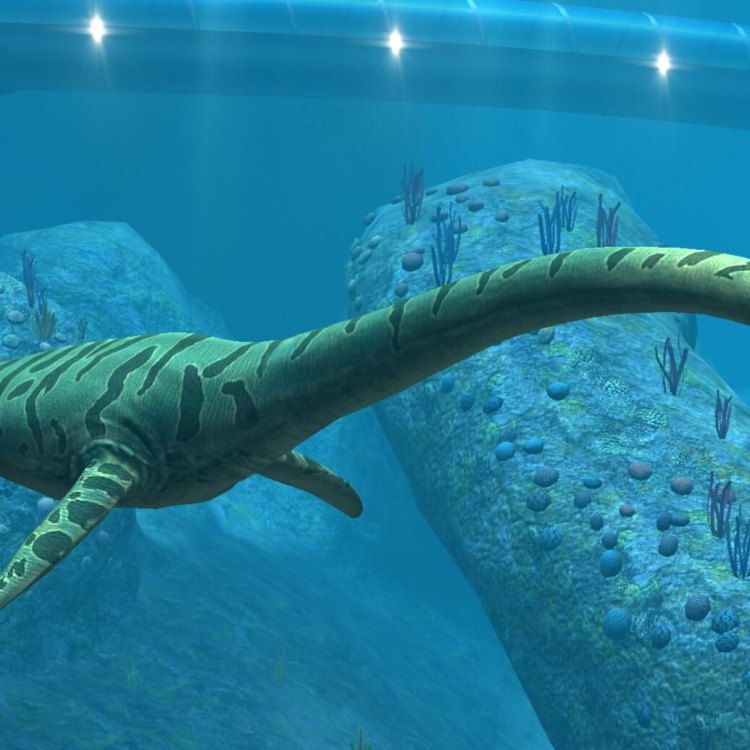
Elasmosaurus
- Adult Size: Large
- Average Lifespan: Unknown
- Reproduction: Sexual
- Reproductive Behavior: Unknown
- Sound or Call: Unknown
- Migration Pattern: Unknown
- Social Groups: Unknown
- Behavior: Unknown
- Threats: Extinction
- Conservation Status: Extinct
- Impact on Ecosystem: Unknown
- Human Use: Fossil specimens
- Distinctive Features: Long neck, large body
- Interesting Facts: One of the largest marine reptiles
- Predator: Unknown
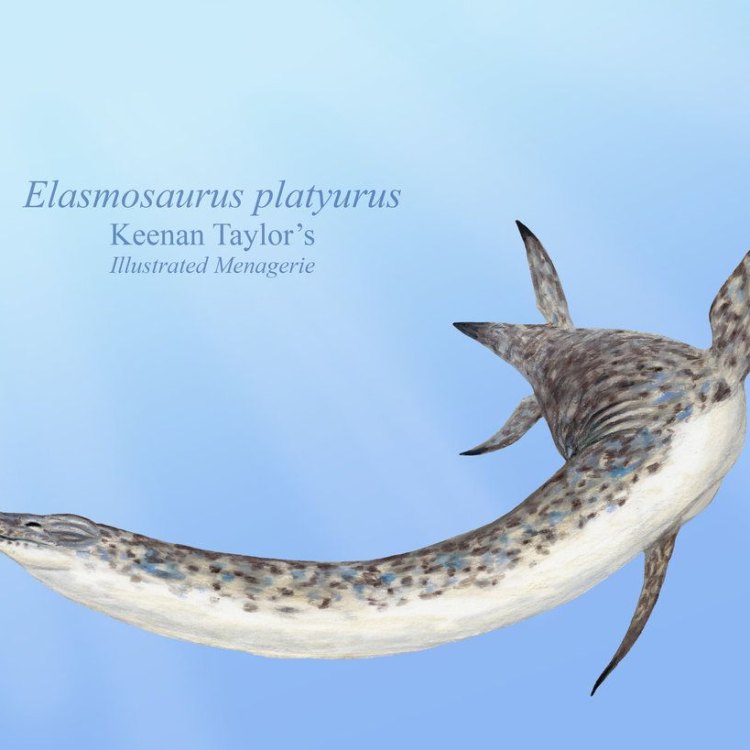
Elasmosaurus
The Mysterious Elasmosaurus: Uncovering the Ancient Secrets of the Sea
The vast oceans have always been a source of fascination and mystery for humans. While we have made great strides in understanding and exploring the depths of the sea, we are constantly reminded that there is still so much left to discover. One such discovery is the Elasmosaurus, an ancient marine reptile that roamed the seas millions of years ago. With its long neck and large body, this creature has captured the imagination of scientists and fossil enthusiasts alike PeaceOfAnimals.Com. In this article, we will delve into the unique features of this incredible creature and explore what we know about its behavior, role in the ecosystem, and impact on human understanding.The Elasmosaurus, whose name means "thin-plate lizard", was a giant reptile that existed during the Late Cretaceous period, around 80 million years ago. It is believed to have lived in the waters that stretched across what is now North America, with fossil remains found in states such as Kansas, Wyoming, and South Dakota. The first skeleton of this creature was discovered in 1868 by pioneer paleontologist Edward Drinker Cope, who was initially confused by its anatomy and mistakenly placed its head at the end of its tail. It wasn't until later that its true identity was revealed, but the confusion resulted in the popular misconception that the Elasmosaurus was unable to lift its head out of the water.
One of the most distinctive features of the Elasmosaurus is its long neck, measuring up to approximately 25 feet in length. In fact, its neck contained more vertebrae than any other known animal, with an estimated 70 in total. This impressive feature allowed the Elasmosaurus to hunt and feed on smaller marine creatures at various depths in the ocean, giving it a distinct advantage over other predators of the time. Its large body, which could grow up to 46 feet in length, was supported by four powerful flippers, making it a formidable swimmer English Toy Terrier.
Despite its enormous size, not much is known about the behavior of the Elasmosaurus. As it is classified as a reptile, it is believed that it reproduced through sexual means, but specific details about its reproductive behavior are still unknown. Additionally, its vocalization, migratory patterns, and social groups remain a mystery. However, it is thought that it may have lived in small family groups or traveled in schools, much like modern-day whales and dolphins.
One of the most fascinating aspects of the Elasmosaurus is its role in the ecosystem. As a top predator in the Late Cretaceous seas, it would have played a crucial role in maintaining a balance in the marine food chain. Its long neck and ability to swim at different depths would have allowed it to access a wide range of food sources, from small fish and crustaceans to larger marine reptiles. By keeping other populations in check, the Elasmosaurus helped to shape the marine environment of its time. However, with the extinction of this ancient creature, the impact on the ecosystem is still up for debate.
The extinction of the Elasmosaurus, along with the majority of marine reptiles, is believed to have occurred at the end of the Cretaceous period, approximately 66 million years ago. It is thought that a combination of factors, including climate change and a catastrophic asteroid impact, led to its demise. This event, known as the Cretaceous-Paleogene extinction event, also resulted in the extinction of the dinosaurs and many other species. While we may never know the exact cause of the Elasmosaurus' extinction, it serves as a reminder of the fragility of our planet and the importance of preserving our natural world.
Unfortunately, due to its extinction, there is no current conservation status for the Elasmosaurus. However, this ancient creature still has an impact on modern-day humans through its fossil specimens. Fossil hunting and discovering new species of ancient creatures like the Elasmosaurus have always captured the interest of scientists and the public. These fossils provide valuable insight into the history of our planet and the animals that once roamed its surface. They are also valuable educational tools that help us better understand the diversity of life that has existed on Earth.
While the Elasmosaurus may no longer exist, it continues to intrigue us with its extraordinary features and mysterious behavior. Its long neck, large body, and role in the ecosystem make it a fascinating creature to study. Despite the limited information available, we can still appreciate the impact it had on the ancient seas and the secrets it holds within its remains. As we continue to explore and uncover more about the past, the Elasmosaurus remains a symbol of the enduring mysteries of the sea and the wondrous creatures that once inhabited it.
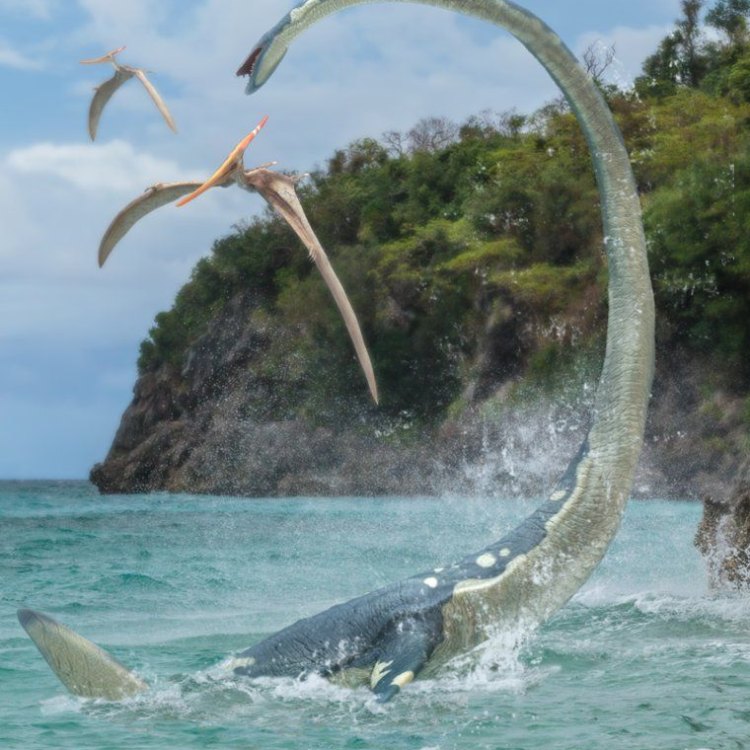
The Amazing World of Elasmosaurus: Exploring the Long-Necked Mariner of North America
Disclaimer: The content provided is for informational purposes only. We cannot guarantee the accuracy of the information on this page 100%. All information provided here may change without prior notice.


